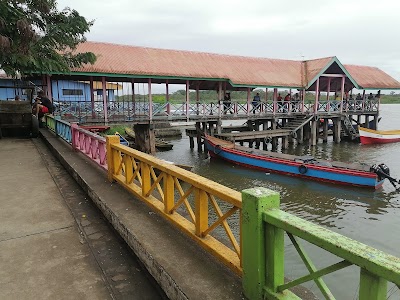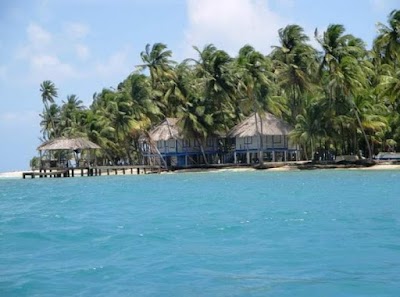Indio Maíz Biological Reserve (Reserva Biológica Indio Maíz)
Overview
The **Indio Maíz Biological Reserve**, nestled in the stunning Río San Juan region of Nicaragua, is one of Central America's most remarkable ecological treasures. Spanning over 4,500 square kilometers, this verdant sanctuary is celebrated for its incredible diversity of flora and fauna. The establishment of the reserve was driven by a commitment to protect Nicaragua’s rich biodiversity and conserve its unique ecosystems.
Established in **1990**, the Indio Maíz Biological Reserve was part of a larger initiative by the Nicaraguan government to safeguard the nation's natural heritage. Recognizing the ecological significance of the area, the government, in collaboration with various environmental organizations, embarked on a mission to create this protected sanctuary. The decision to establish the reserve was informed by extensive research conducted by biologists and conservationists who identified it as a critical biodiversity hotspot.
The reserve derives its name from the two major rivers that flow through it—the **Río Indio** and the **Río Maíz**. These rivers are essential lifelines, nourishing the dense rainforests and fostering a thriving environment for countless species. Located in the southeastern corner of Nicaragua, near the border with Costa Rica, the reserve's position enhances its ecological diversity as part of the broader Mesoamerican Biological Corridor.
Within the lush forests of Indio Maíz, visitors can marvel at an astonishing array of wildlife. More than **400 species of birds**, including toucans, eagles, and parrots, have been documented here. Mammals such as jaguars, pumas, and monkeys roam this untouched wilderness, while the rivers teem with aquatic life, featuring various fish species and reptiles like caimans and turtles. The plant life is equally diverse, boasting countless species of trees, shrubs, and flowers that create a vibrant tapestry of the landscape.
The creation of the reserve involved multifaceted efforts, with local communities and indigenous groups playing a crucial role. Their intimate knowledge of the land and ecosystems was invaluable in delineating the reserve's boundaries. Collaborative initiatives ensured that the reserve's establishment did not disrupt the lives of nearby residents; instead, it aimed to integrate their sustainable practices and promote eco-friendly livelihoods.
Inside the reserve, conservation infrastructure includes several ranger stations and research facilities. Rangers regularly patrol the area to prevent illegal logging, poaching, and other harmful activities. Researchers from around the world frequent the reserve, contributing to ongoing studies that enhance our understanding of tropical forests and the impact of climate change.
Despite facing challenges such as deforestation pressures from agricultural expansion and instances of illegal hunting, continuous efforts from local and international conservationists have strengthened protection measures. Environmental education programs have played a vital role in raising awareness among locals and visitors about the importance of preserving this natural gem.
Today, the **Indio Maíz Biological Reserve** stands as a powerful testament to the effectiveness of collective conservation efforts. It not only provides a sanctuary for diverse species but also acts as a significant carbon sink, helping to mitigate the impacts of global warming. Ecotourism in the region has flourished, offering a sustainable revenue-generating avenue while promoting environmental stewardship.
The story of the Indio Maíz Biological Reserve serves as a poignant reminder of the critical importance of preserving our natural landscapes. It highlights the harmonious balance that can be achieved between human activity and nature conservation. By protecting such vital areas, Nicaragua sets a commendable example for global conservation efforts, ensuring that future generations can continue to revel in the wonders of our planet’s biodiversity.









